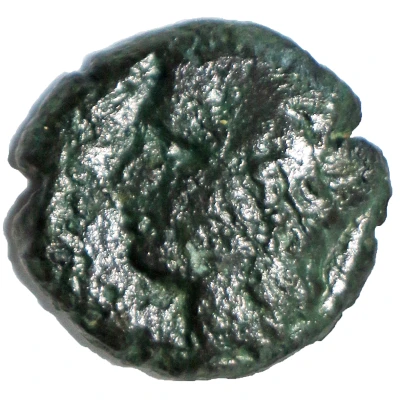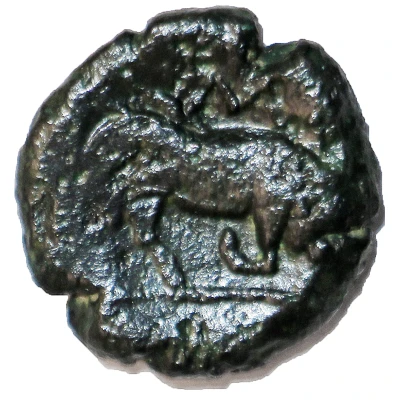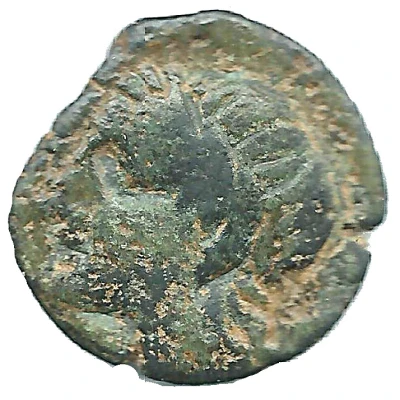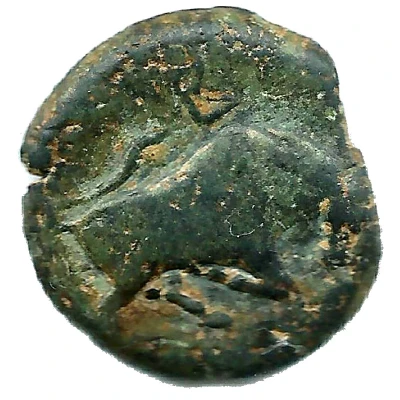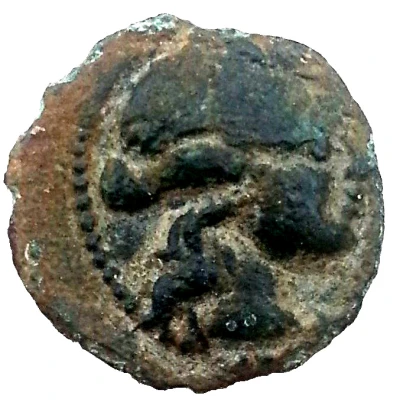
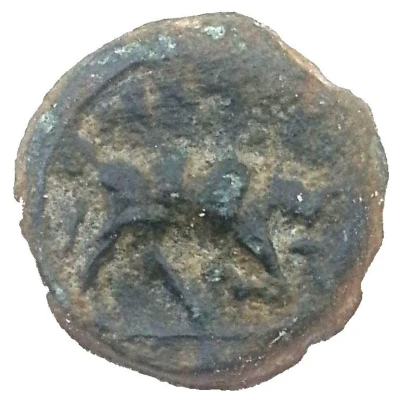

© j-b07
Hemiobol Bull 149 BC - 40 BC
| Bronze | 2.3 g | 14.55 mm |
| Issuer | Massalia (Gaul) |
|---|---|
| Type | Standard circulation coin |
| Years | 149 BC - 40 BC |
| Value | Hemiobol (1⁄12) |
| Currency | Phocaean Drachm |
| Composition | Bronze |
| Weight | 2.3 g |
| Diameter | 14.55 mm |
| Thickness | 2.75 mm |
| Shape | Round (irregular) |
| Technique | Hammered |
| Orientation | Variable alignment ↺ |
| Demonetized | Yes |
| Updated | 2024-10-10 |
| Numista | N#72166 |
|---|---|
| Rarity index | 77% |
Reverse
Bull butting right
Script: Greek
Lettering: ΜΑΣΣΑ
Translation: Massalia
Edge
Plain
Interesting fact
The Hemiobol (Bull) coin was used as a form of currency in the ancient Greek city of Massalia, which is now modern-day Marseille, France. The coin features an image of a bull on one side and the Greek god Apollo on the other. The coin was made of bronze and weighed 2.3 grams. Despite its small size, the Hemiobol (Bull) coin played an important role in the economy of Massalia and was used for everyday transactions.
Price
| Date | Mintage | VG | F | VF | XF | AU | UNC |
|---|---|---|---|---|---|---|---|
| ND (149 BC - 40 BC) | - | - | - | - | - | - |
Values in the table are based on evaluations by sales realized on Internet platforms. They serve as an indication only for Hemiobol (Bull) (149 BC - 40 BC) coin.
